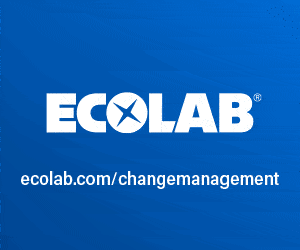Today’s cleanroom seems to be a lifetime away from Willis Whitfield’s original air filter, developed approximately 50 years ago. Since then, the requirement for a room that is clean has stemmed from the need for contamination control. Fast forward to the modern day cleanroom and we discover a permutation of both science and engineering – assessing scientific processes that have worked and engineering them to deliver better results.
The exponential growth of the cleanroom market that followed Whitfield’s concept in the 1960s was not because he was the first person to invent a clean, air-conditioned environment but because his design structure was 100 times more effective than any controlled enclosure that had been trialled before.The trick was that Whitfield applied technology to create an environment that could revive itself. Much of the future technology since then, and even today, pays respect to the development of this laminar flow cleanroom.
The global cleanroom technology market is expected to grow by more than 30% over the next five years to reach a value of around US$4.3bn by 2020, according to a report from Persistence Market Research1. This is down to two main factors: increased demand due to adoption across a wider range of industries and a greater need for more efficient operations.




